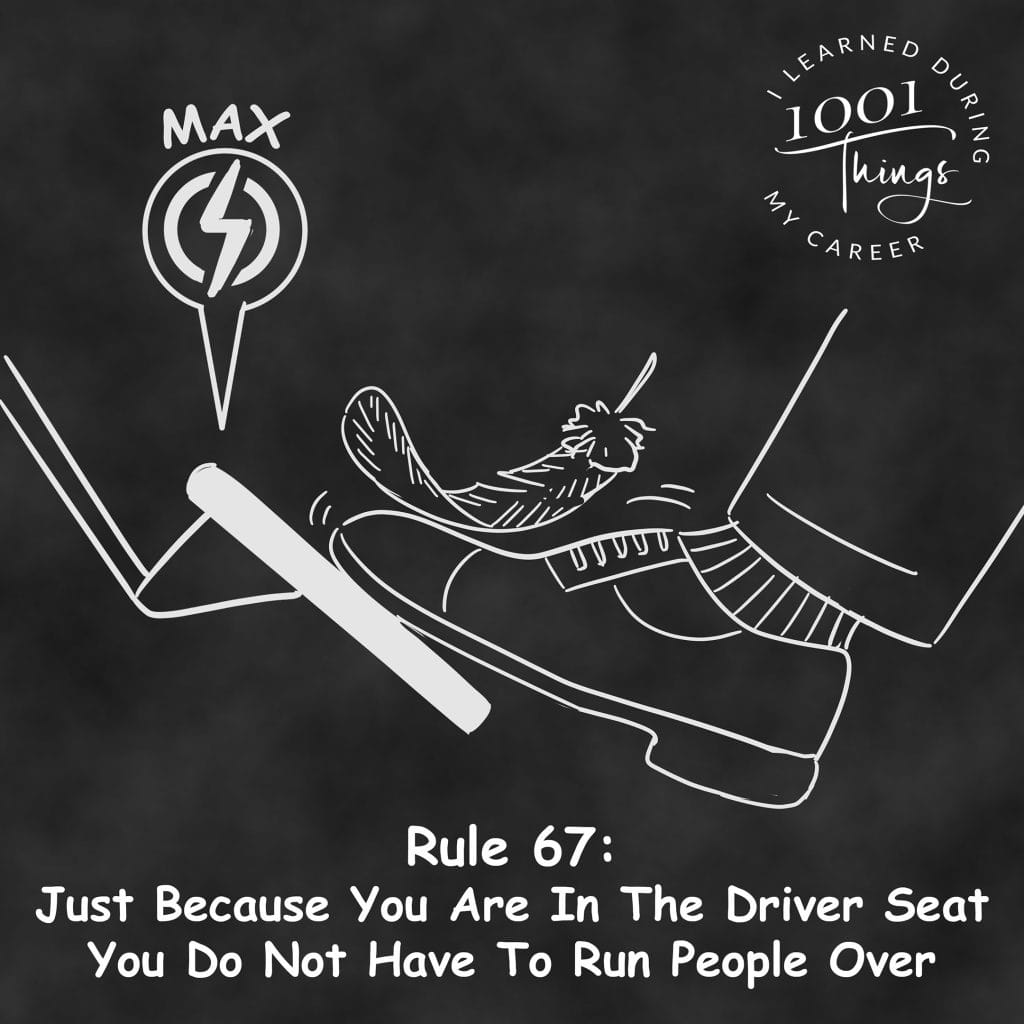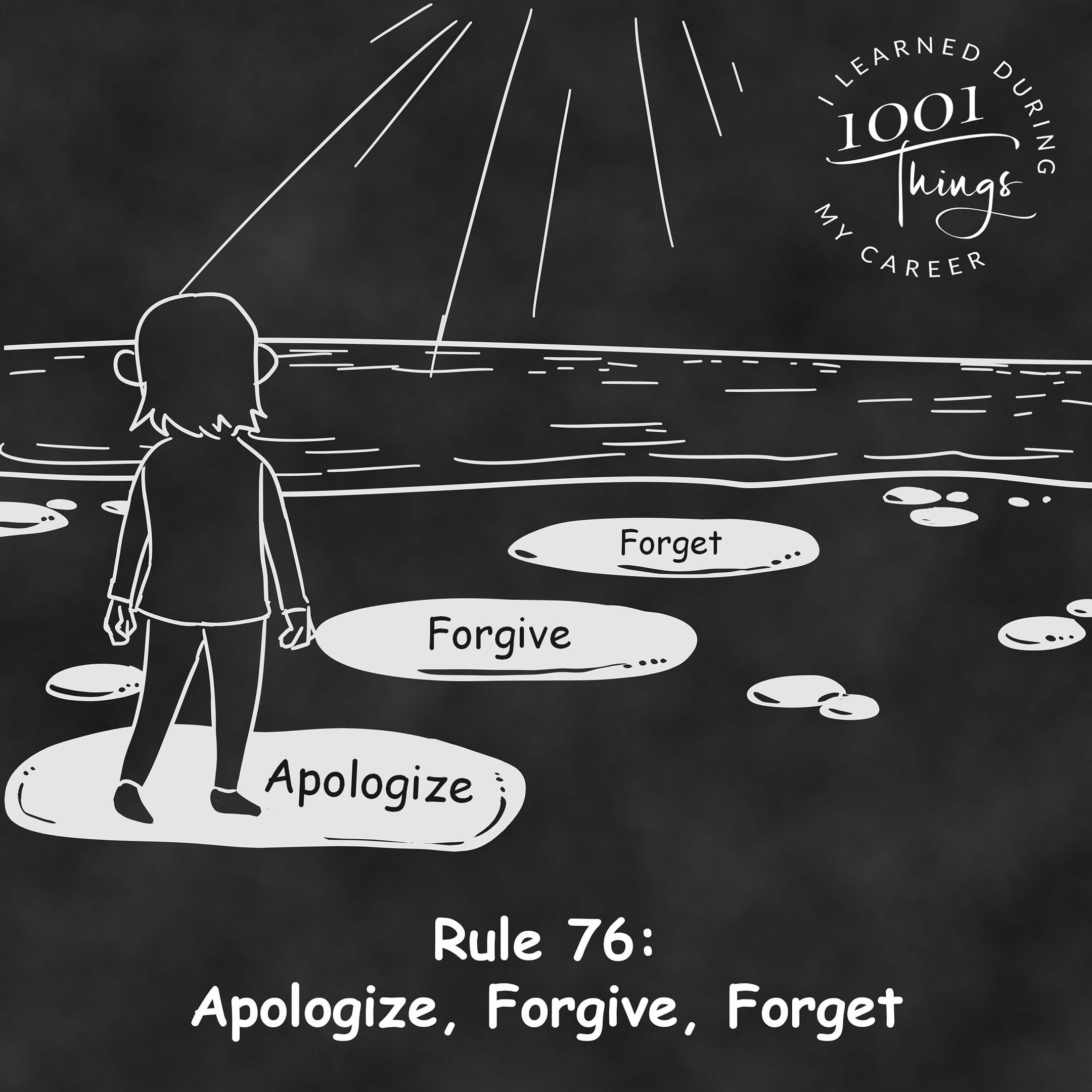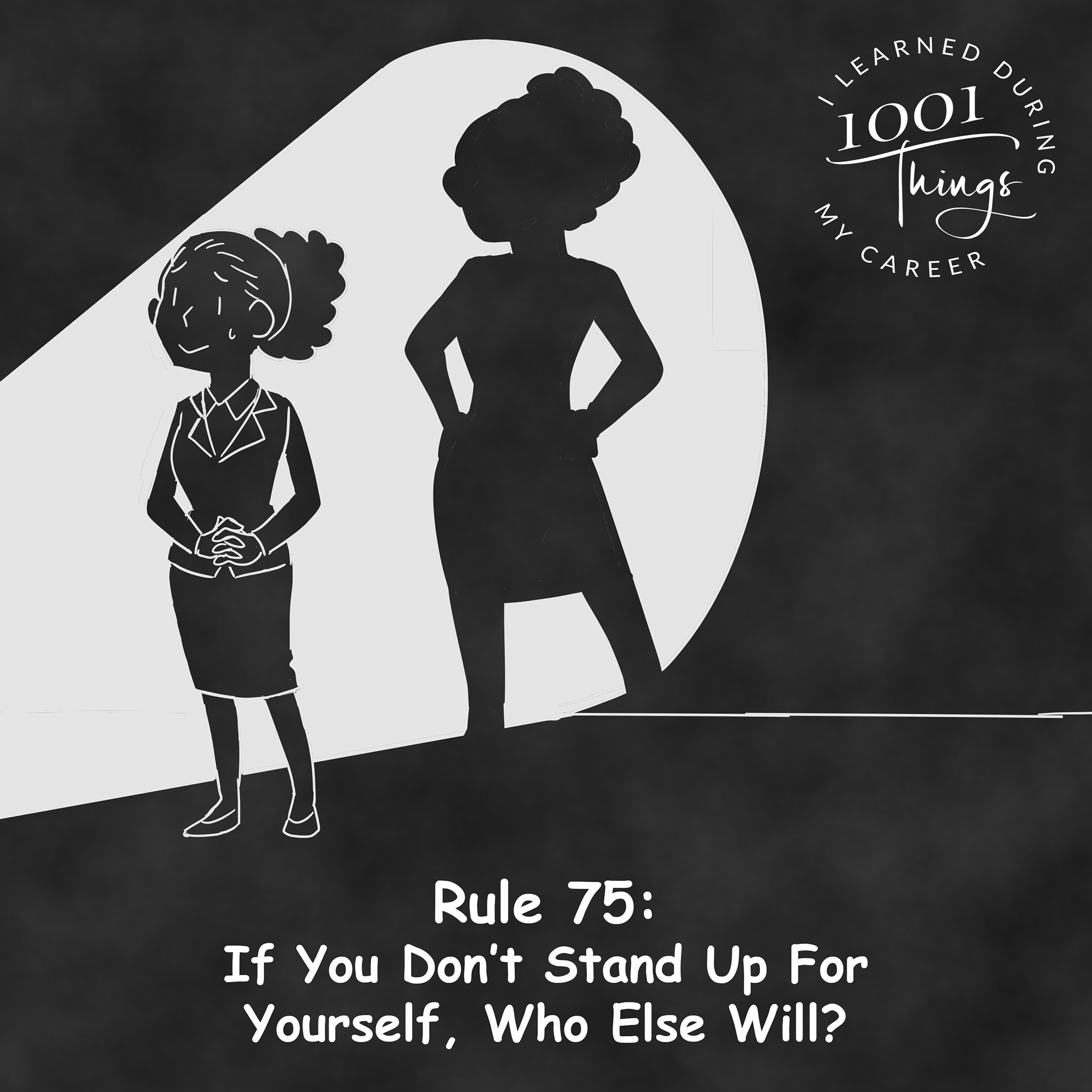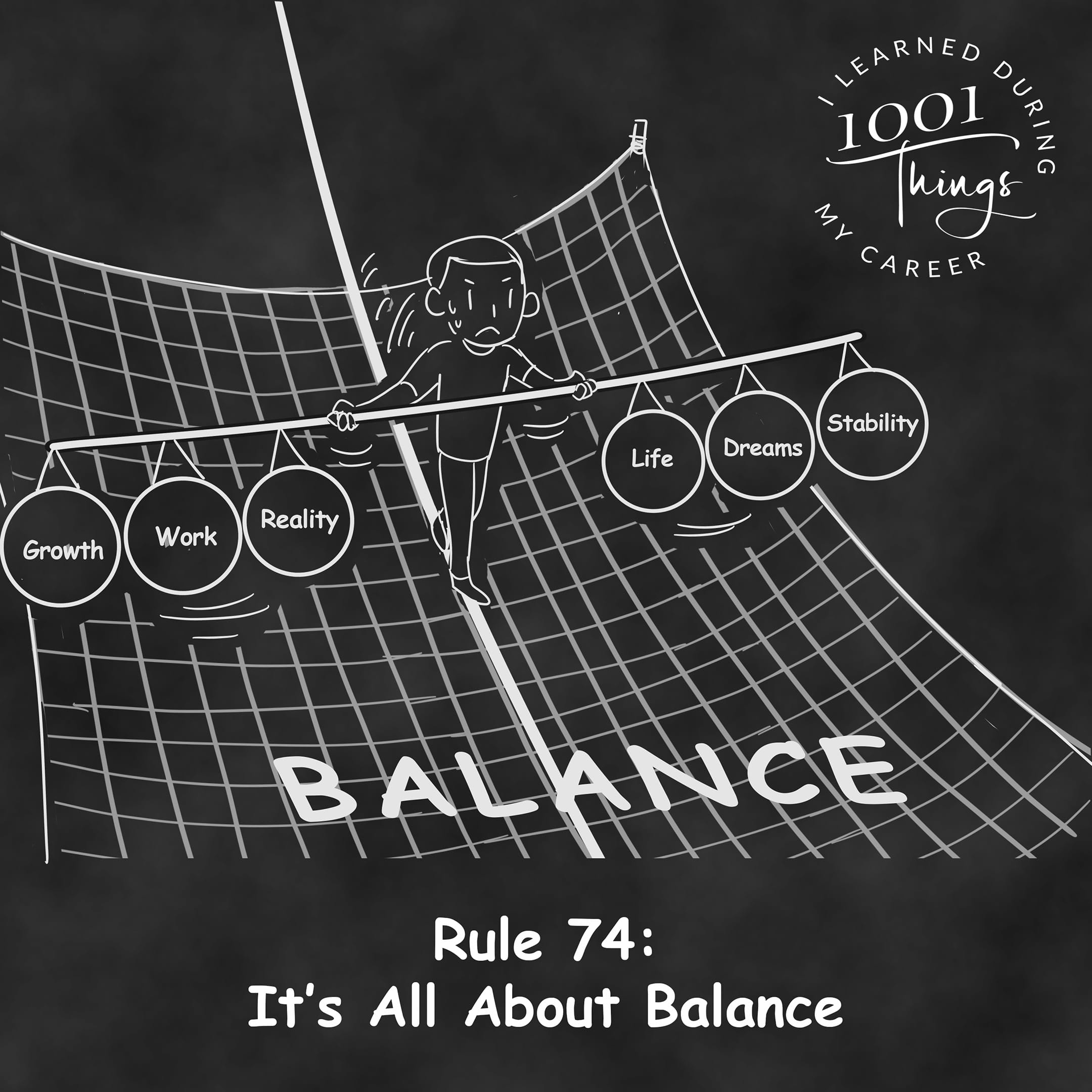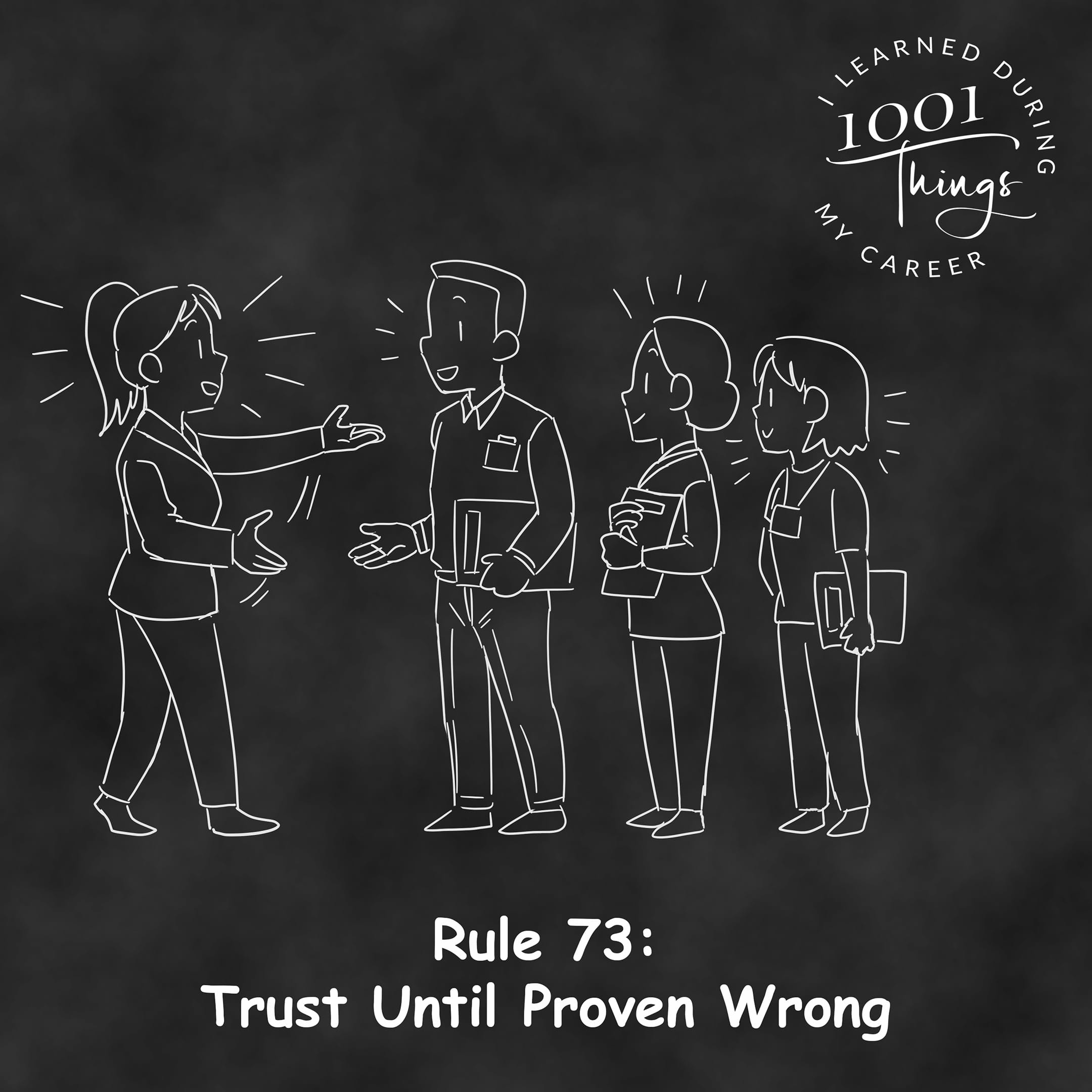Have you ever been led by someone who seemed to enjoy their power just a little too much? Too often, leaders mistake authority for a free pass to impose their will without regard for others, using their positions to bulldoze through tasks and people alike. But being in the driver’s seat doesn’t give you the right to run people over: real leadership is about guiding people, not overpowering them.
Power can be blinding, and without a firm grounding in respect and empathy, it’s easy for leaders to slip into patterns of dominance, where they make demands instead of connections. This type of behavior not only alienates teams but also fosters a toxic environment that ultimately hinders performance.
Consider the case of Travis Kalanick, co-founder and former CEO of Uber: Kalanick was a brilliant disruptor – but also a cautionary tale of unchecked leadership. Under his reign, Uber’s rapid rise was fueled by a culture of aggression, fear, and internal competition. Kalanick was known for pushing employees to their limits, tolerating toxic behavior among executives, and prioritizing growth over values. Employees were often silenced or sidelined, especially when raising concerns about workplace harassment and unethical practices. While Uber achieved massive scale, the cost was steep: Kalanick was eventually forced to resign, and the company had to rebuild its culture from the ground up.
In a different context, Winston Churchill led Britain through the darkest hours of WWII: while Churchill held tremendous power too, he led with empathy, respect, and encouragement. He often visited bomb-stricken areas in person, speaking directly to citizens and rallying them with resilience rather than fear. His leadership, though firm, showed that even under immense pressure, it is possible to guide others without tearing them down.
True leaders use their position to elevate others, not to bulldoze their way to the top. If you’re in the driver’s seat, remember that every turn you take and every move you make directly impacts those around you. Drive with integrity, navigate with empathy, and always remember: power is not about control; it’s about guidance and support. So, the next time you’re in a position of influence, ask yourself: are you leading people forward, or are you running them over?

